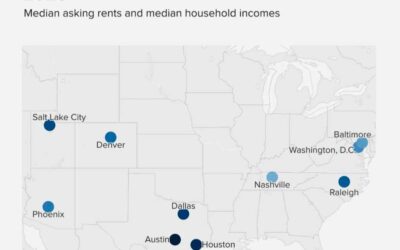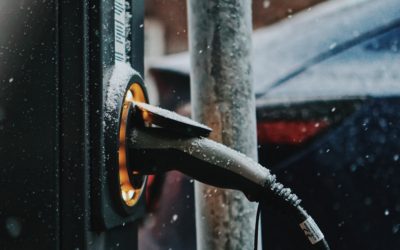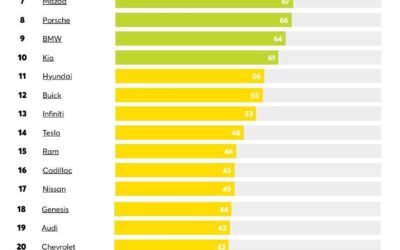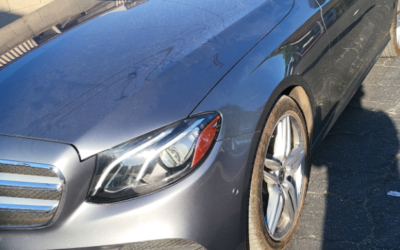The devastating Los Angeles wildfires of early 2025 left a trail of destruction, prompting many residents to consider relocation. The financial impact is staggering, with estimates from UCLA Anderson School of Management suggesting losses exceeding $164 billion, including $75 billion in insured losses. Over 16,000 properties, both homes and businesses, were destroyed in the blazes, notably the Palisades Fire, which consumed over 6,800 properties, and the Eaton Fire, which ravaged over 9,400.
While some residents may eventually choose to rebuild, many, particularly those with greater financial resources, are exploring new locations.
Real estate expert Josh Altman suggests that a significant majority of residents in affluent areas like the Palisades won’t return. His well-heeled clients, capable of absorbing the financial blow, are focusing on upscale communities within California, including Santa Monica, Brentwood, Beverly Hills, Lower Bel Air, and Newport Beach. These areas, with the exception of Newport Beach, offer a degree of familiarity due to their proximity to the Palisades. However, these locations come with hefty price tags: Zillow data shows average home values ranging from over $1.6 million in Santa Monica to nearly $3.9 million in Bel Air. It’s crucial to note that these areas, while potentially safer than the immediate fire zone, are still within Los Angeles County and therefore remain susceptible to future wildfires.
Rebuilding presents numerous challenges. Many homeowners face the grim reality of inadequate or nonexistent insurance coverage. Reports indicate that hundreds of thousands of Californians, including a substantial portion of Palisades residents, have lost their homeowner’s insurance in recent years. Even those with insurance may find themselves underinsured, struggling to meet the full costs of reconstruction. The rebuilding process itself could be lengthy and complex due to the challenging terrain and the presence of hazardous materials. Experts warn of potential delays in restoring essential services like clean drinking water.
Beyond the financial and logistical hurdles, the emotional scars of the wildfires may be a powerful motivator for relocation. The trauma experienced by survivors can be profound, and a fresh start in a new environment might offer not only a safer and more affordable option but also a path toward healing. Moving away from high-risk brush areas can offer a degree of increased safety.
For those seeking a more significant change, and potentially lower housing costs, areas like Scottsdale, Arizona, and Las Vegas, Nevada, are attracting interest. With average home prices considerably lower than those in Los Angeles, these locations could provide a viable option for displaced residents with limited financial means.












